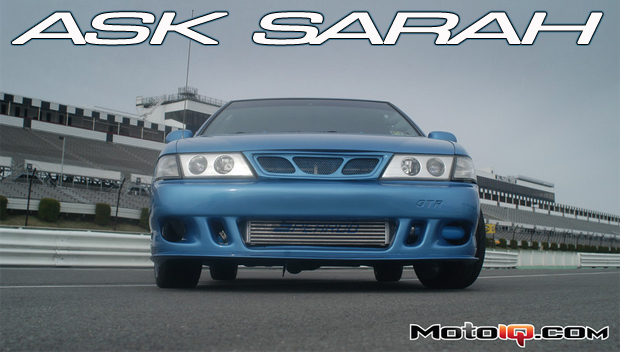
Hi, first off I have to say I'm a huge MotoIQ fan since I was shown your awesome website by a friend. I have read as much as possible, soaking up all the information I can. I'm in the middle of a total rebuild of an old Nissan and the information found on your site has helped my project in the right direction.
But to the actual question: Lately I have been searching for information about “water to air intercoolers.” I have seen these in some of your articles but not much information is mentioned. From reading on forums, there are people swearing there is nothing better and of course, those who have the opposite opinion. Naturally this system would be compared with a normal air to air intercooler. Do you have any good information regarding this subject??
Best regards,
Kjell Ovrebo
 |
| Up close and personal with Billy Johnson's Time Attack NSX, we can see the heat exchanger for the water to air intercooler. After the water passes through the intercooler and absorbs heat from the boosted air, it goes here so it can be cooled down. |
 |
| How's this for compact packaging? Our Project Toyota Tundra uses this beautiful TRD blower with integrated water to air intercooler. I don't think it gets much cleaner than this! |
Got a difficult tech question? Email Sarah at asksarah@motoiq.com



